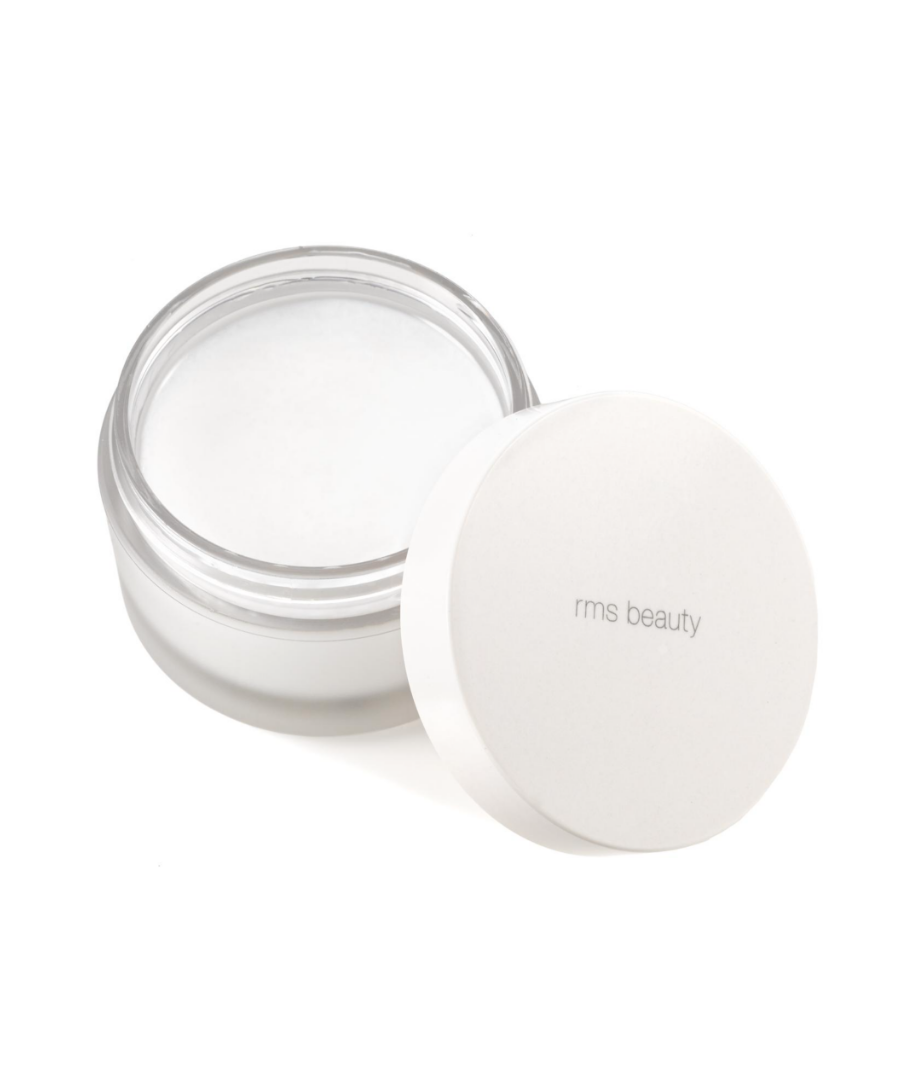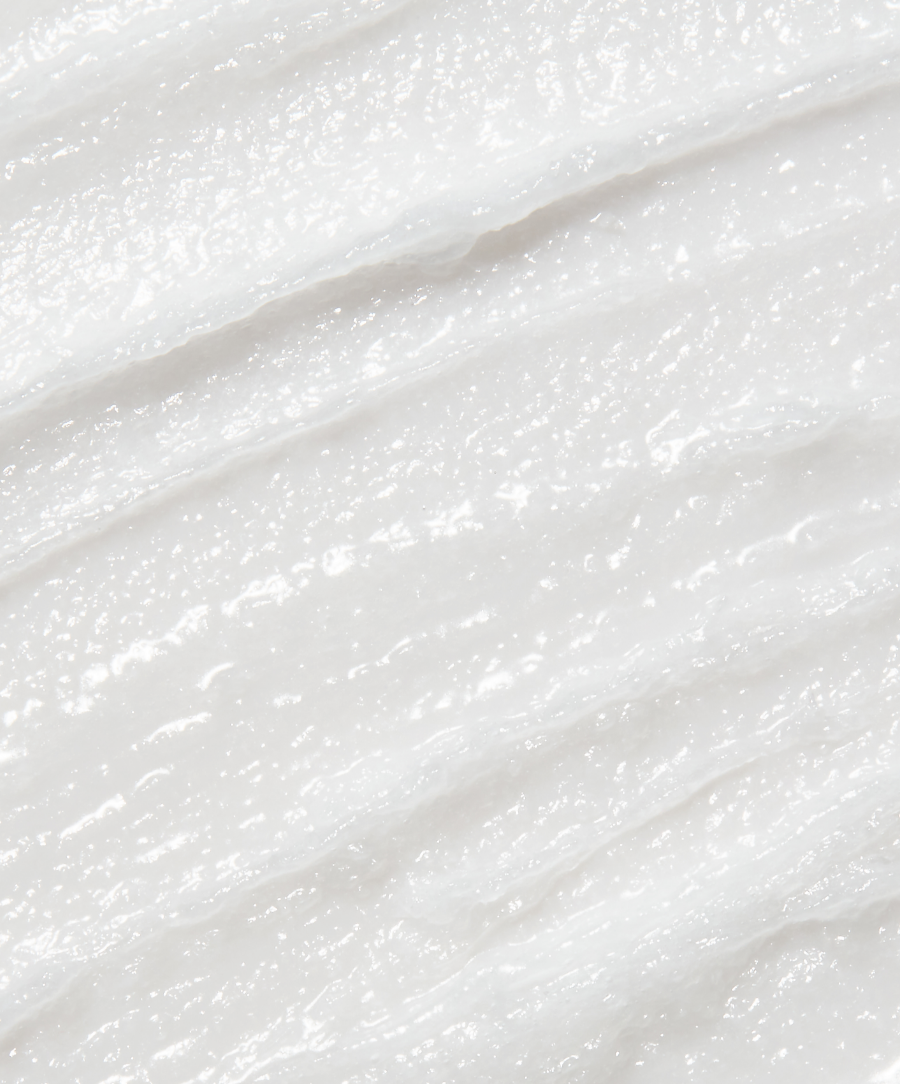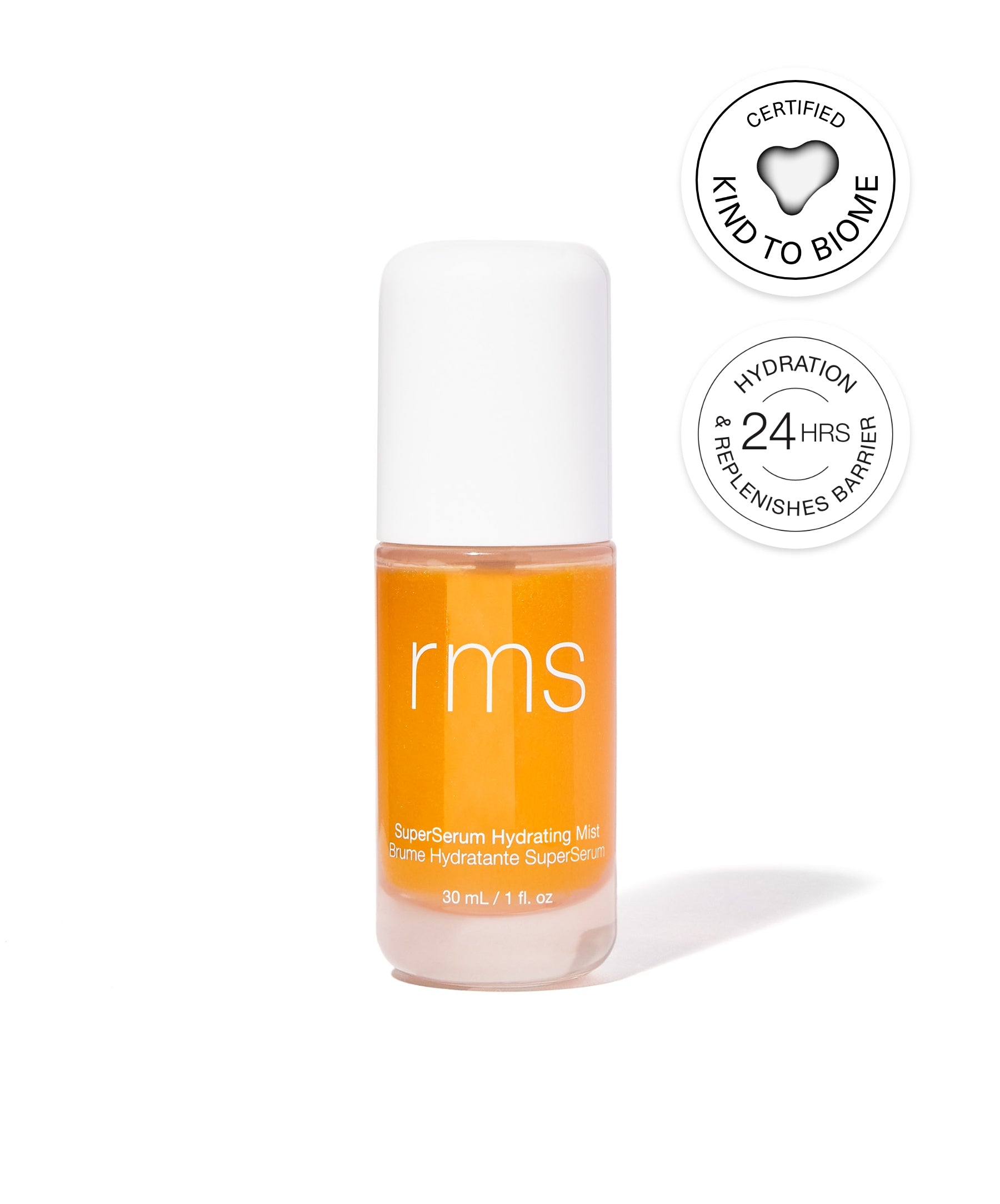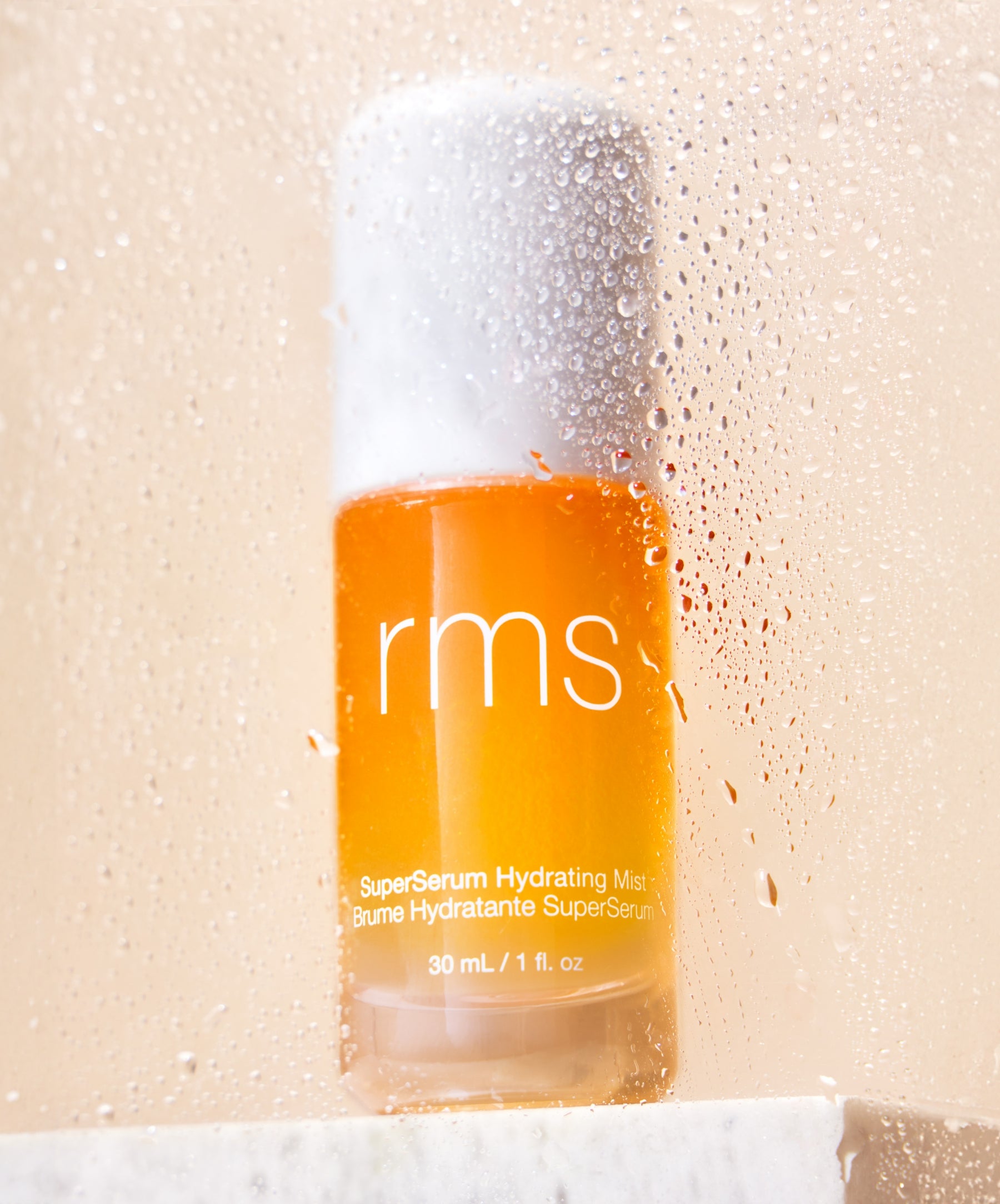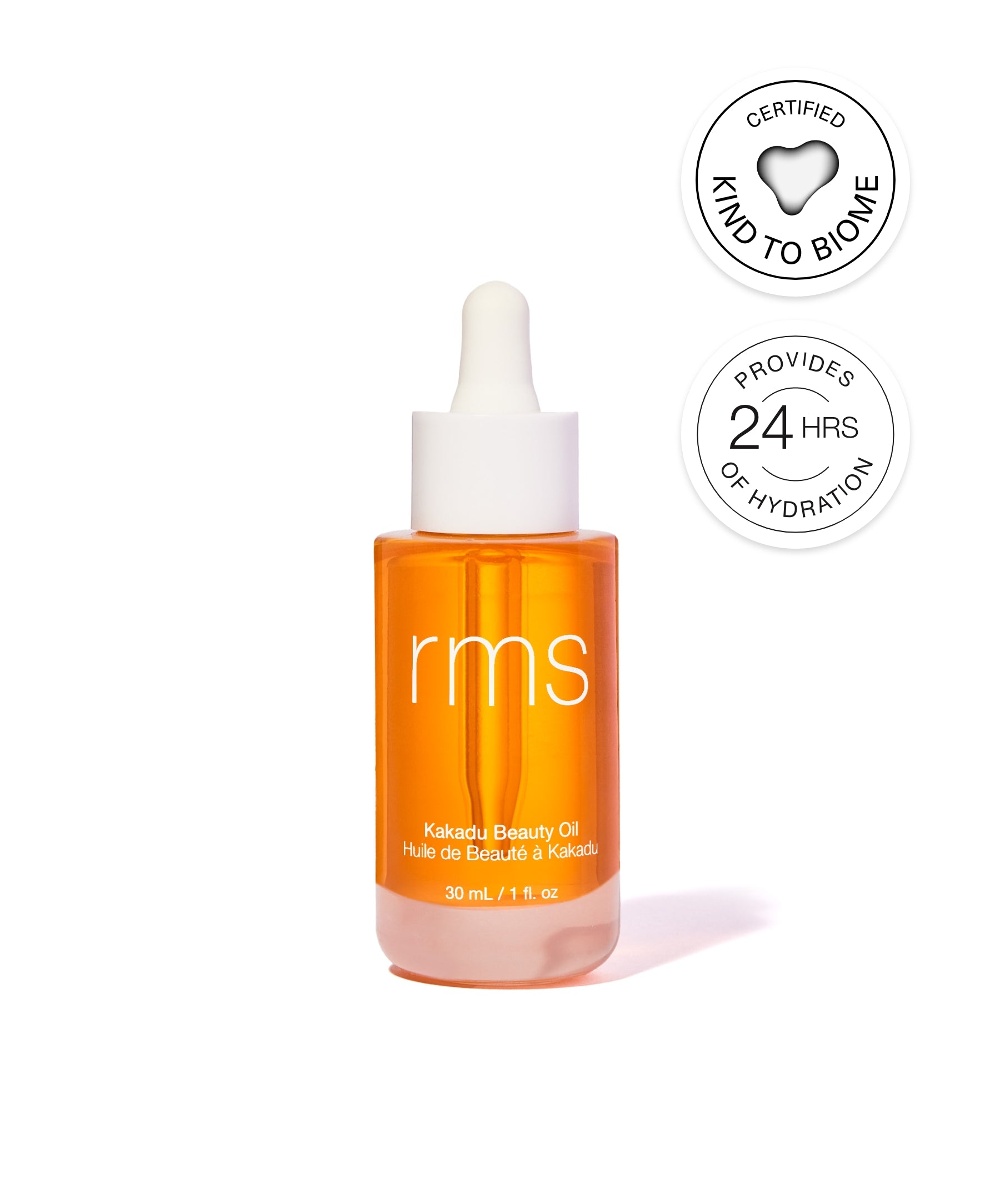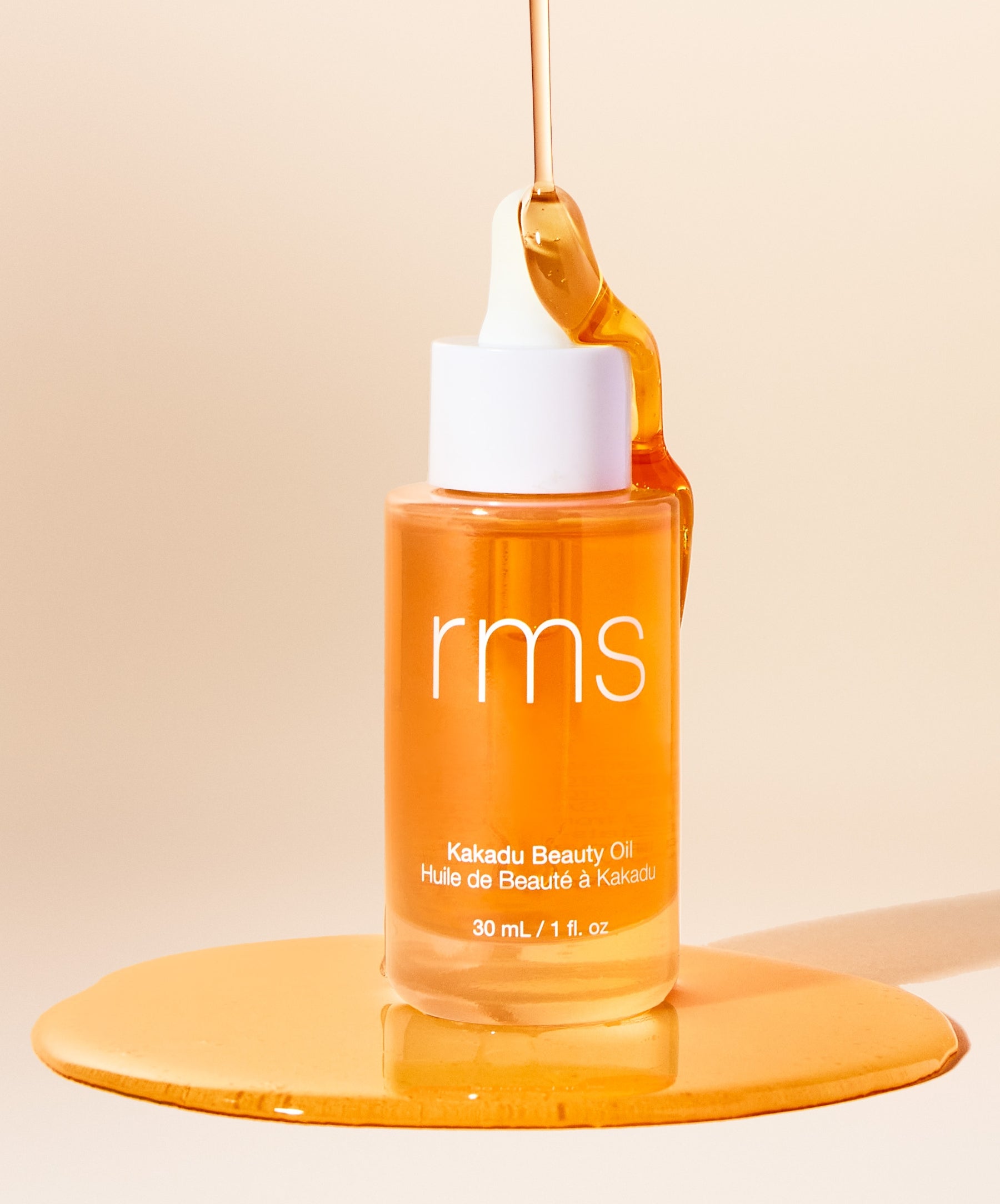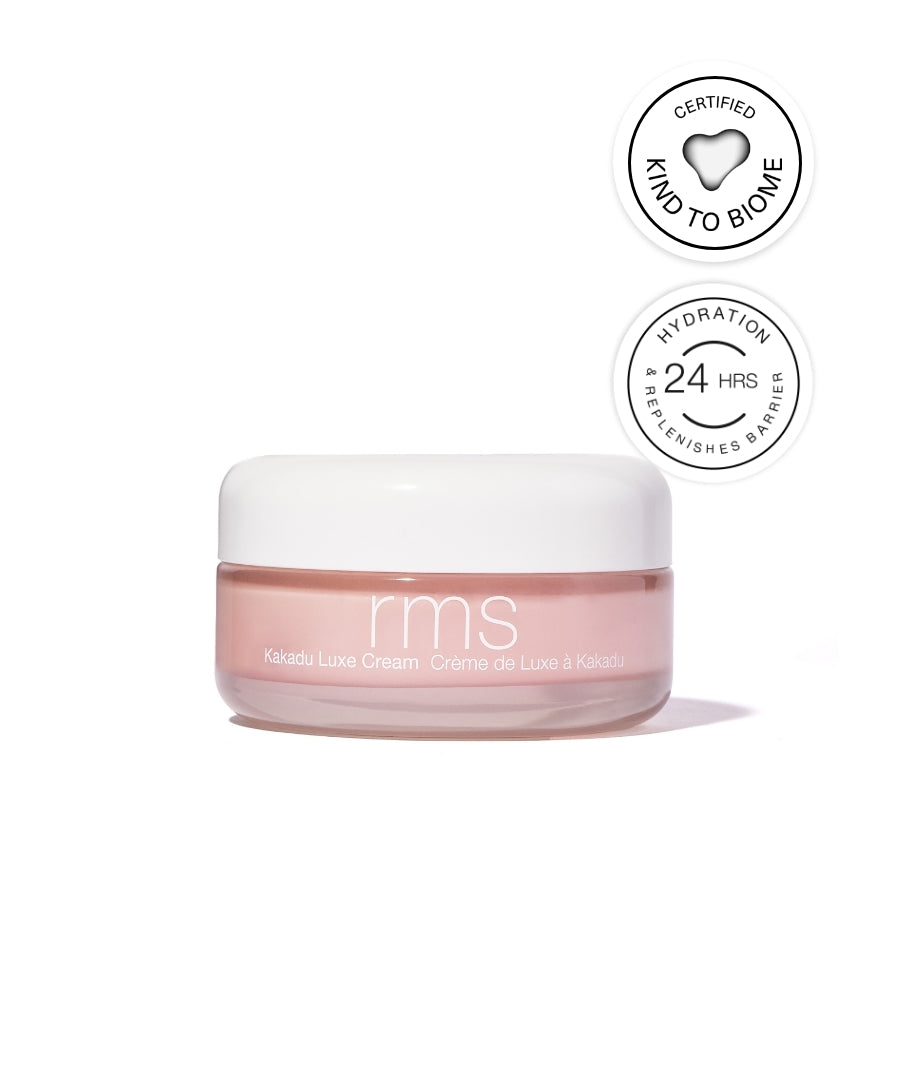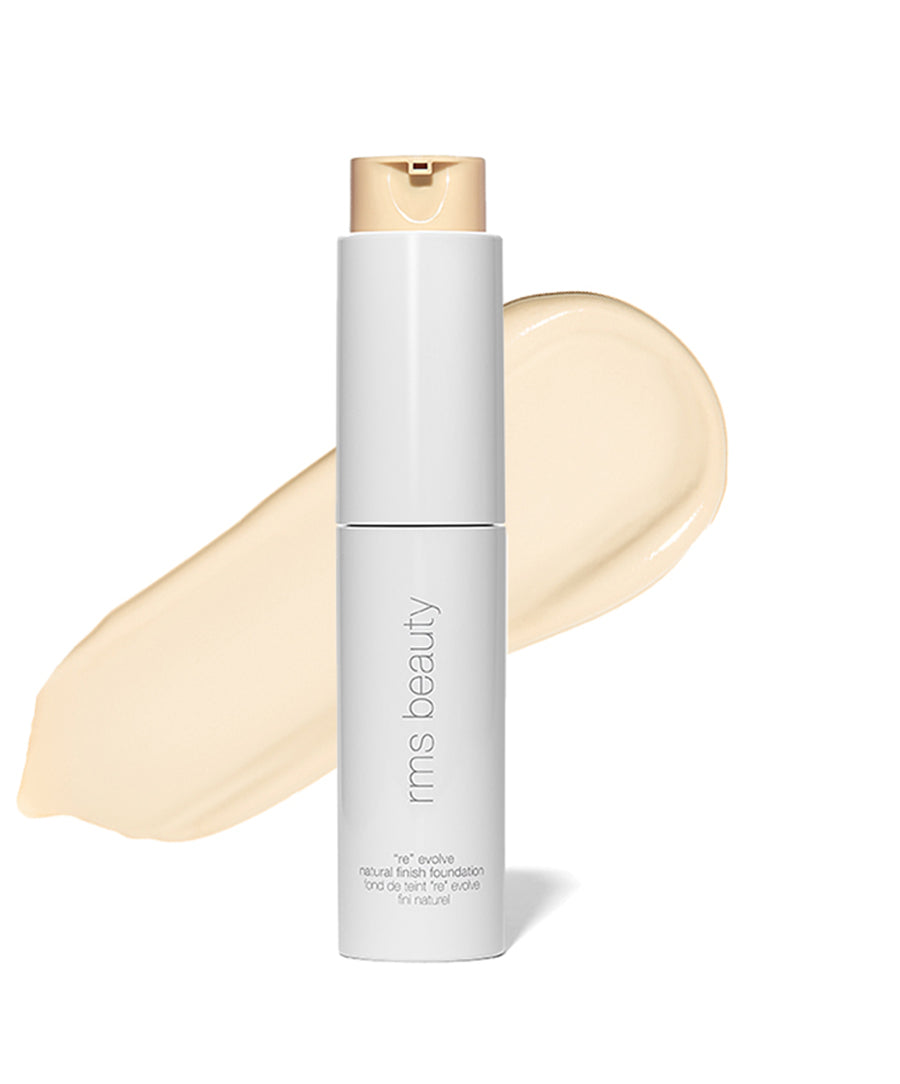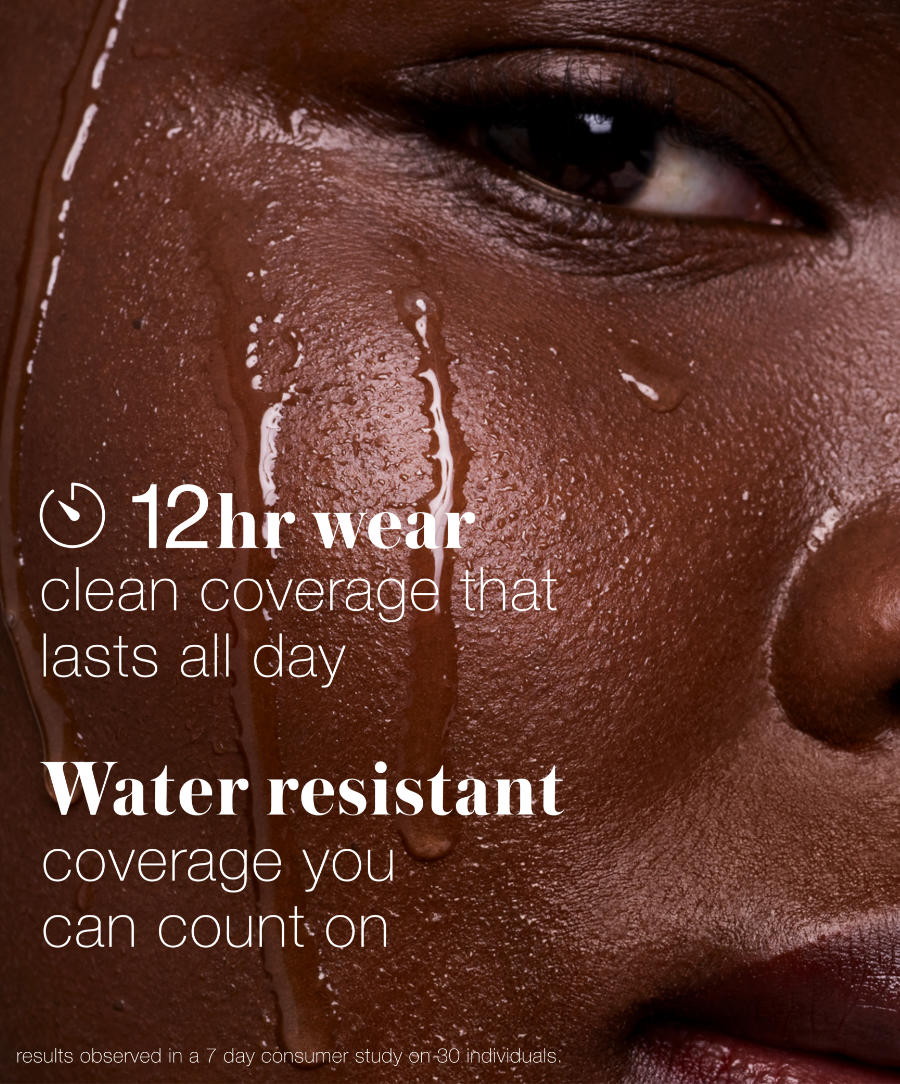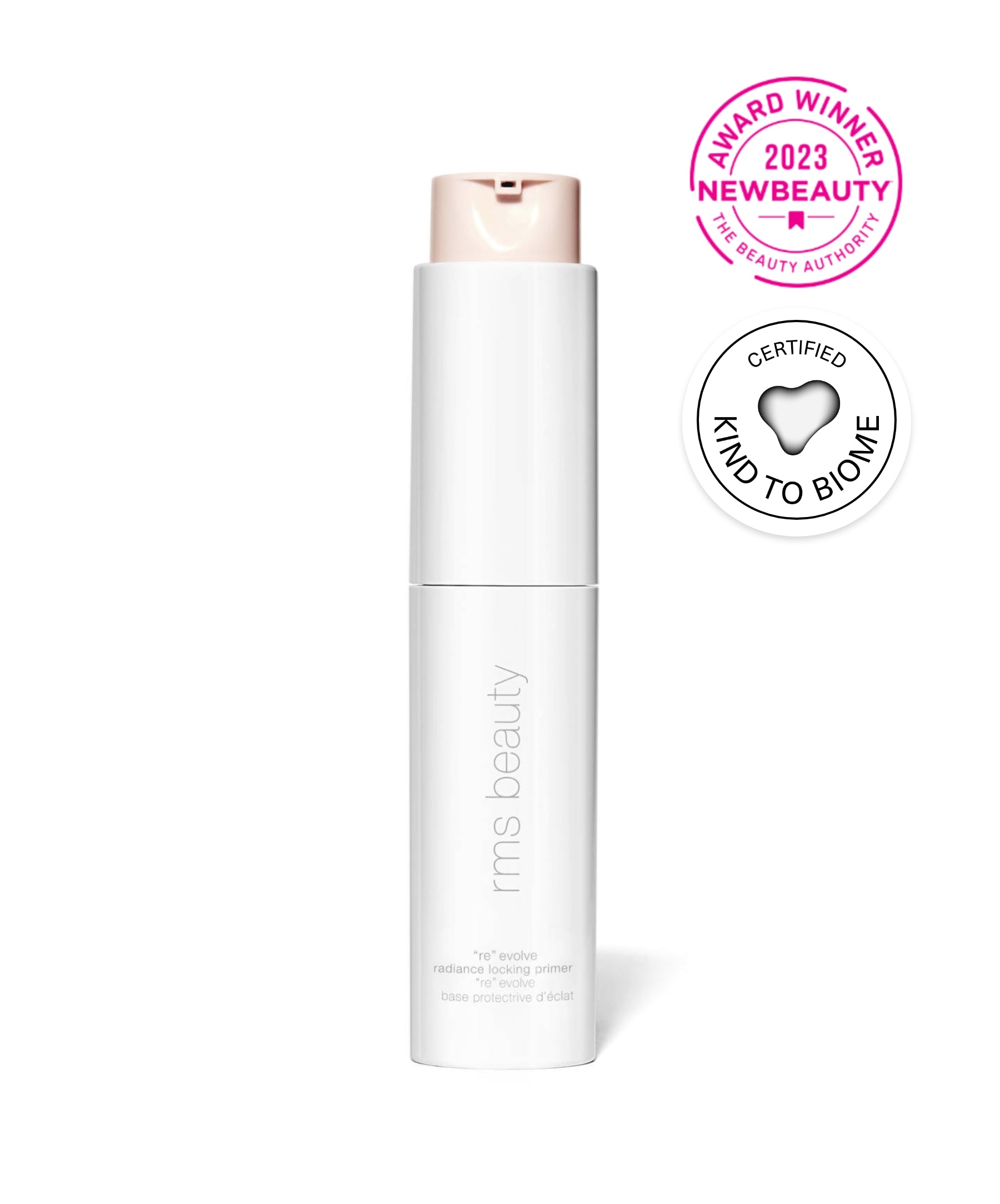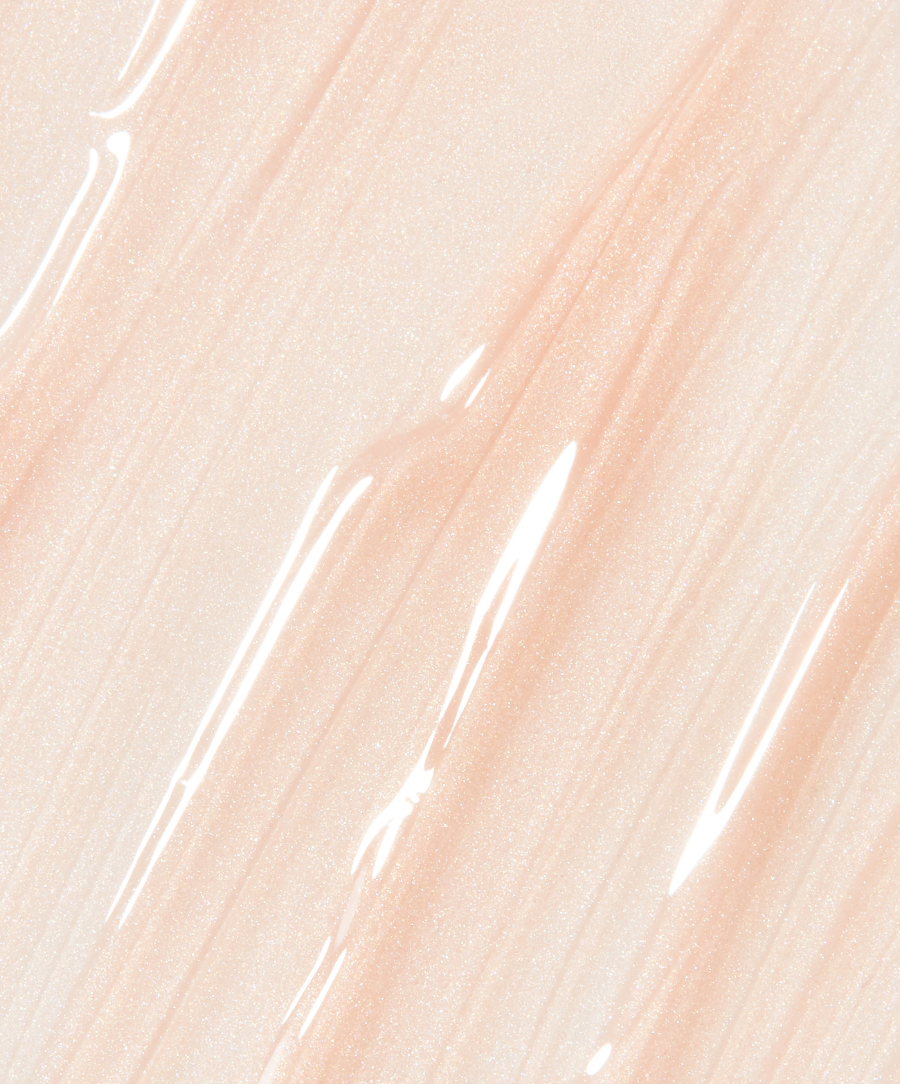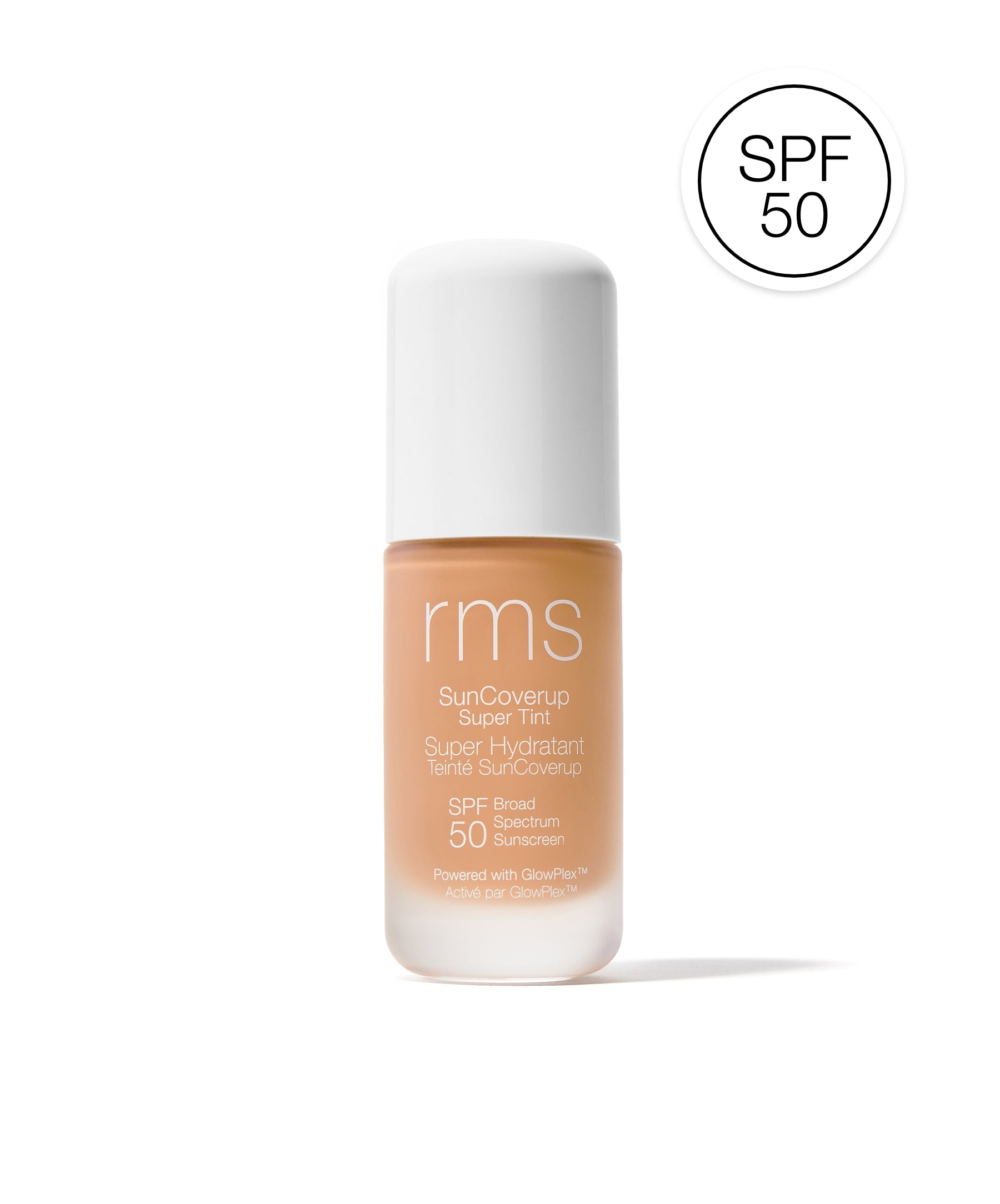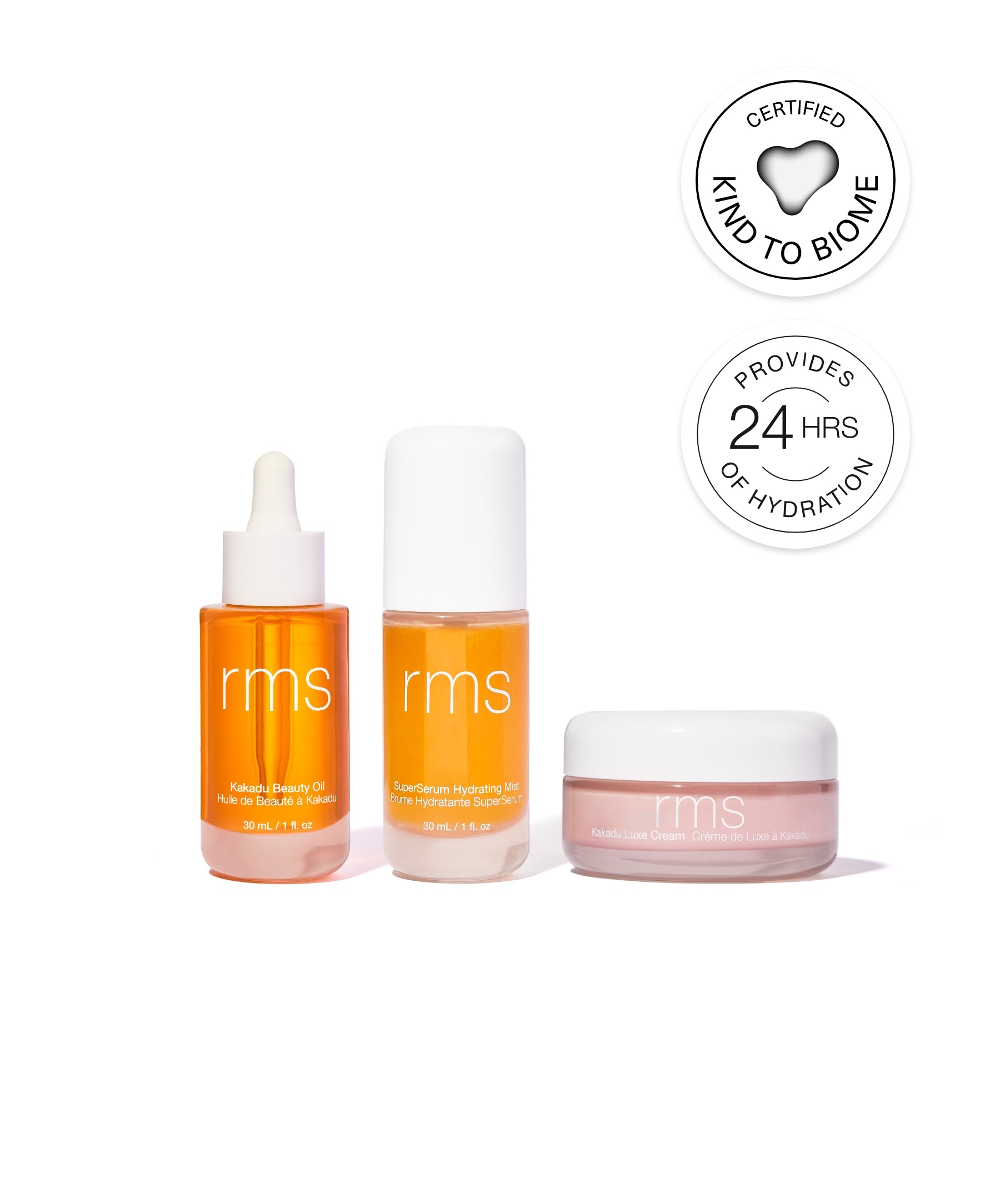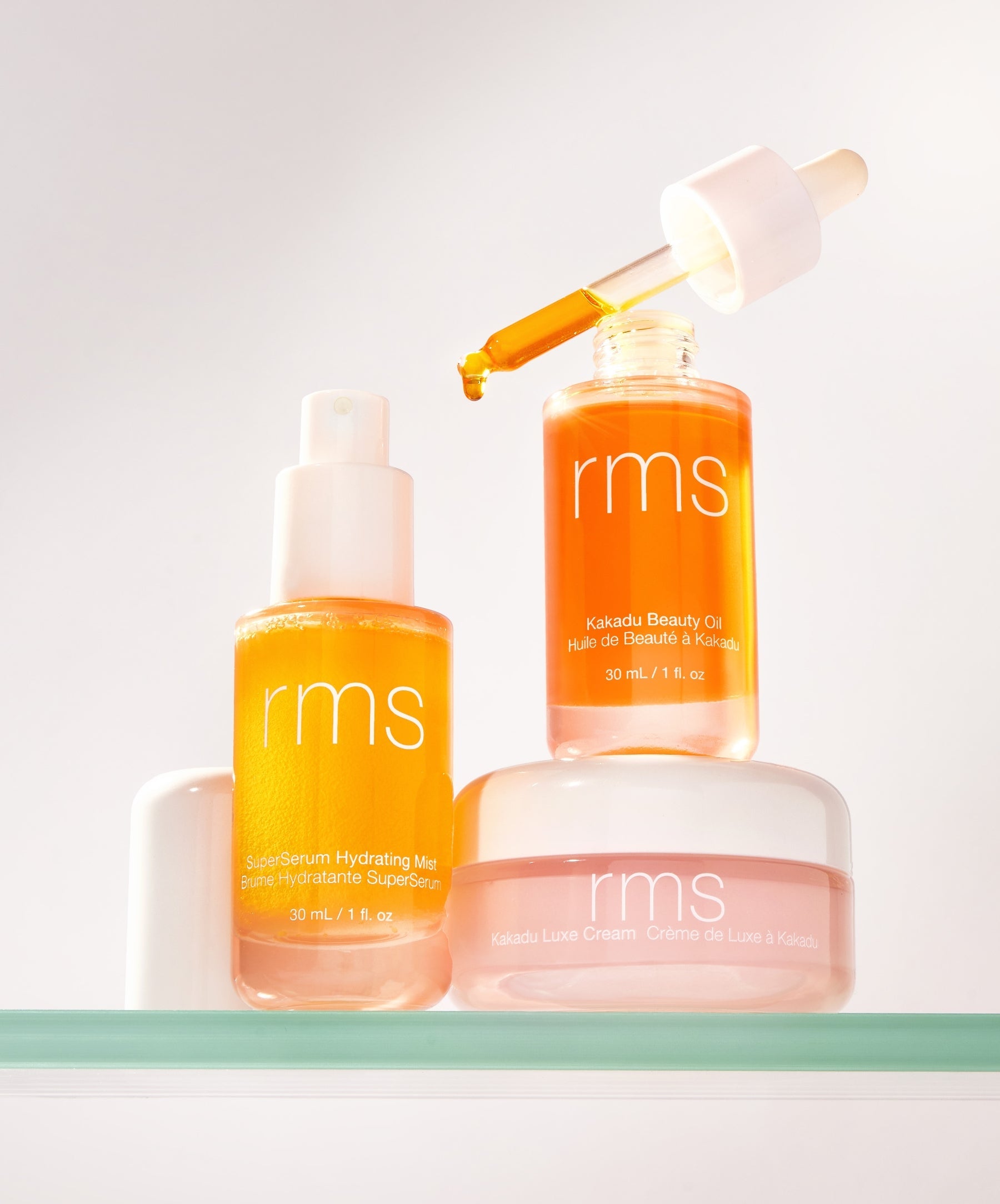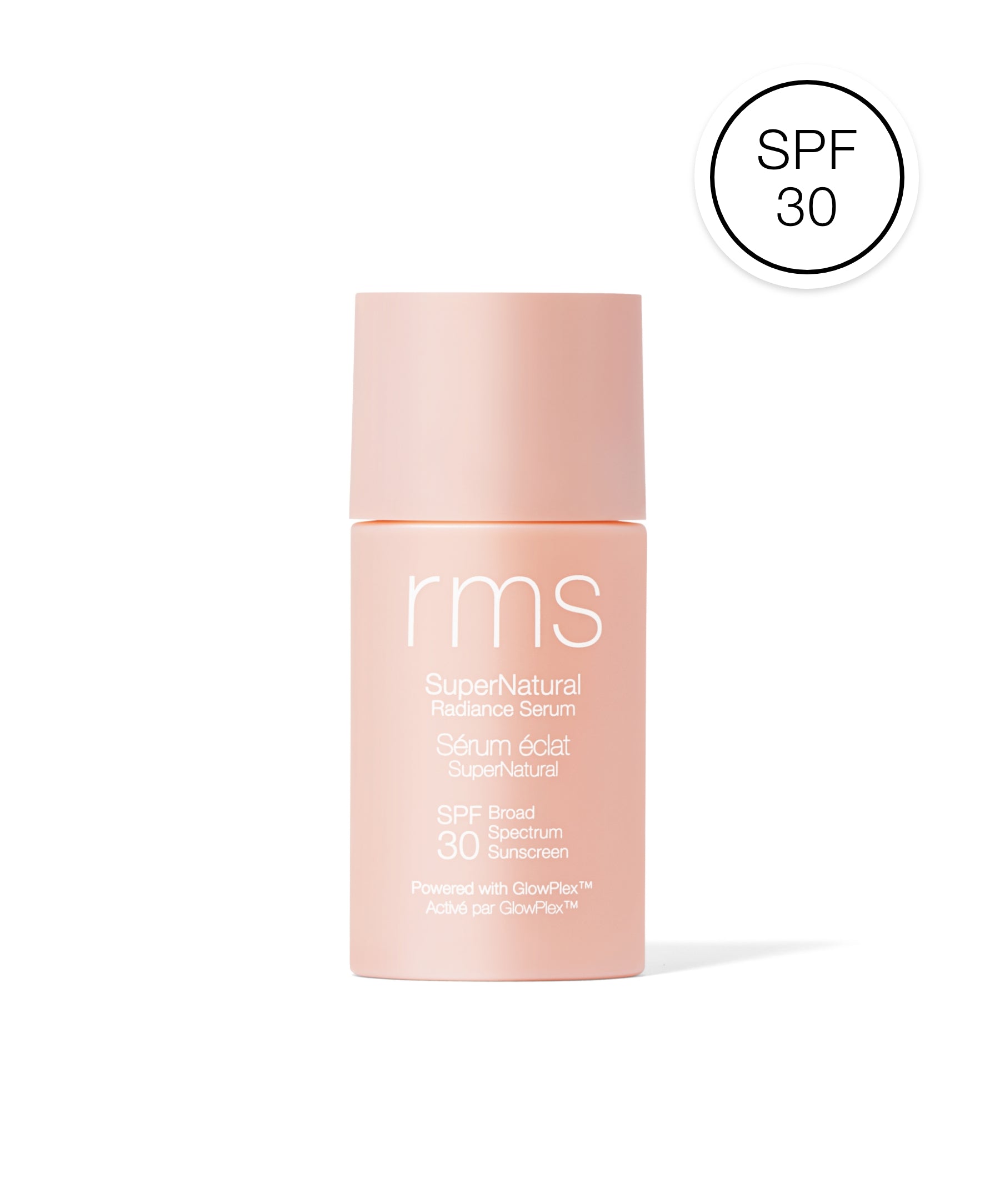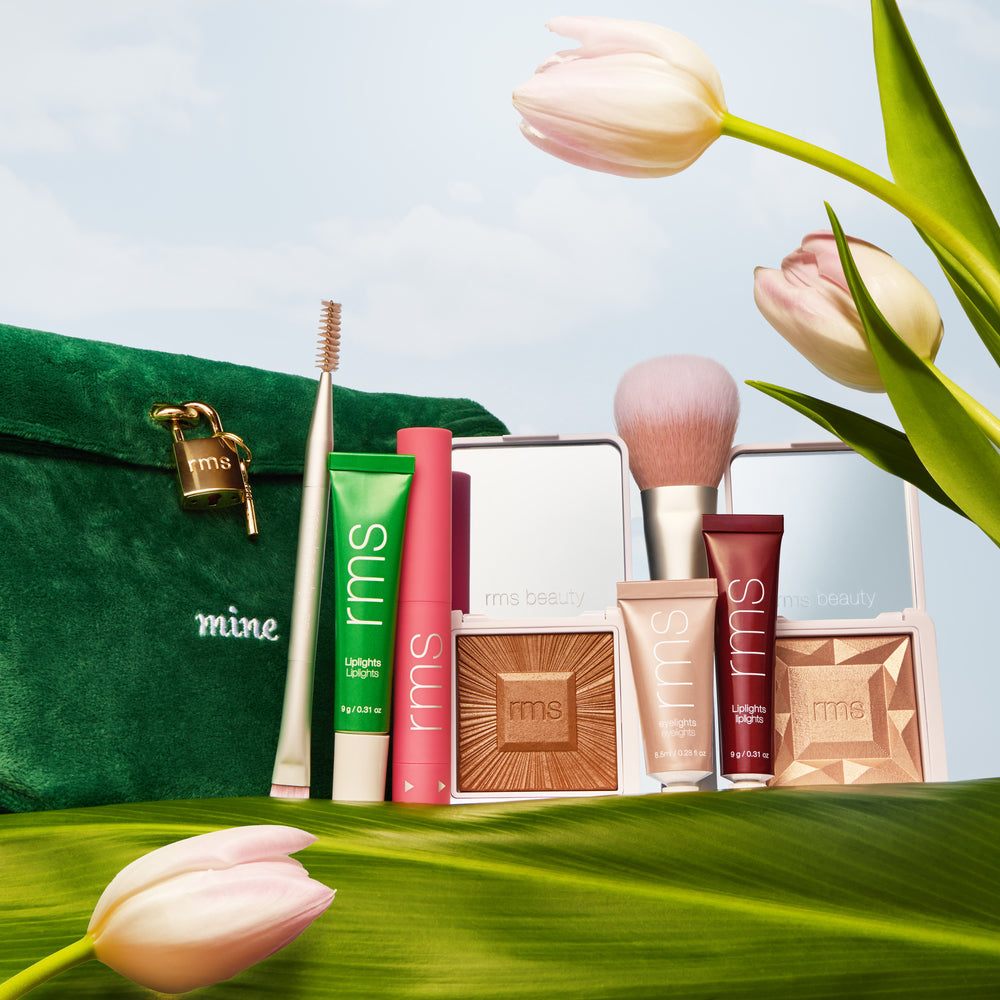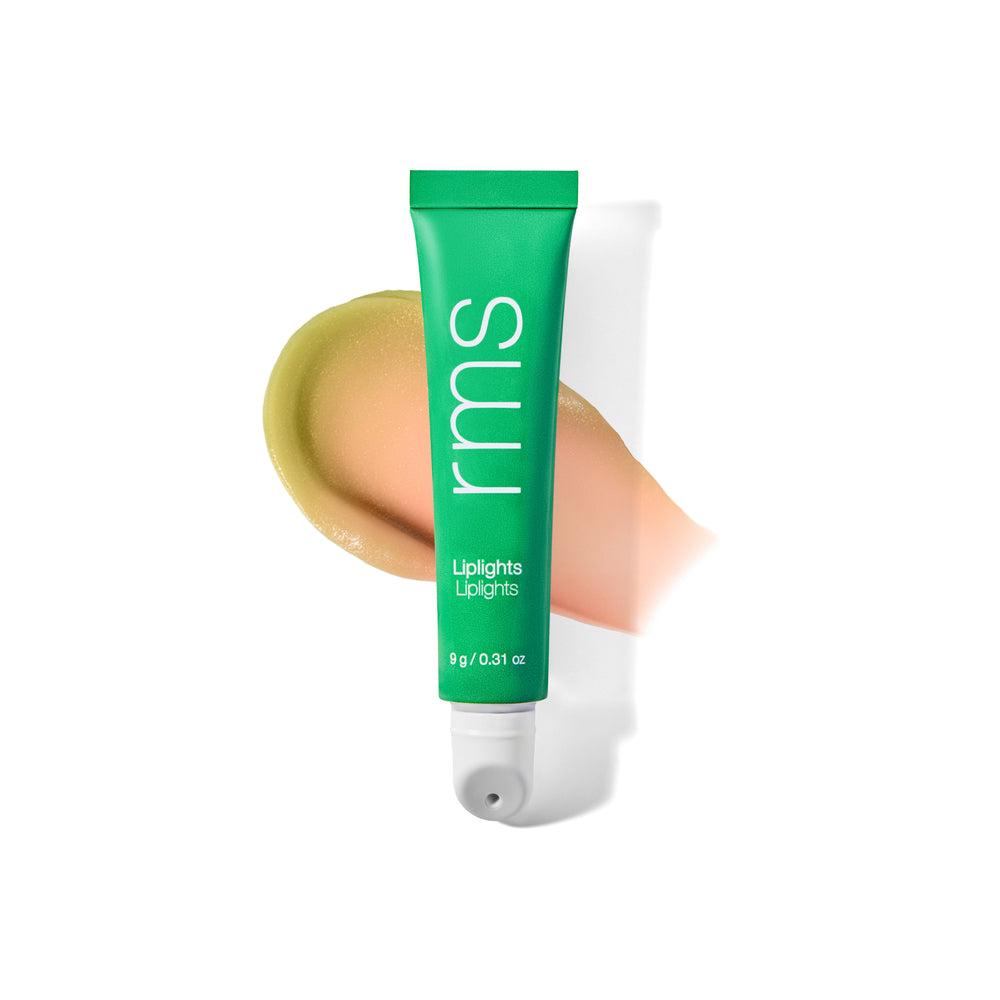A Basic Guide To Layering Skincare
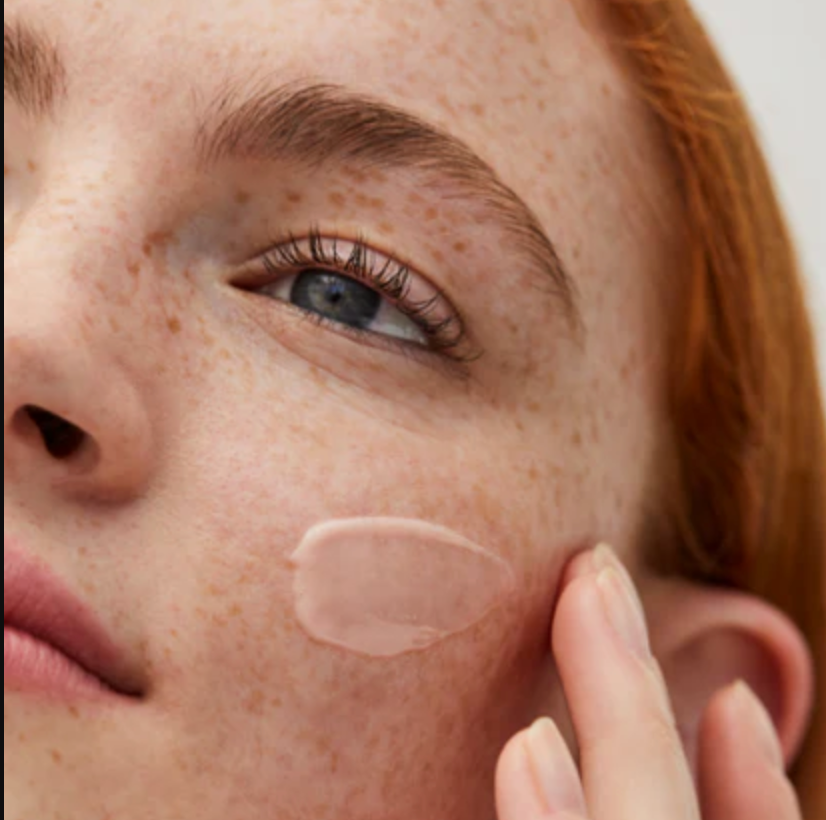
Layering skincare products can seem like a complex puzzle. With so many products on the market, it's easy to feel overwhelmed. That's why we created this guide to help. We're breaking down the process of how to layer skincare, the correct order to apply your products, and why it matters.
Whether you're a skincare novice or a seasoned pro, this guide will provide valuable insights. So, let's dive in and demystify the art of layering skincare so you can look forward to even better skin days ahead.
Introduction to Skincare Layering
Skincare layering refers to the specific order in which you apply your products. This order is crucial for achieving optimal results. Applying products in the right sequence can enhance their effectiveness and help you address your skin concerns more effectively.
Each product you use has a unique role in your skincare regimen. The texture and consistency of these products often determine the order in which they should be applied. Typically, you start with lighter products like serums and end with heavier creams. This ensures that lighter, more fluid products penetrate the skin effectively without being blocked by heavier ones.
Another key aspect is understanding your skin type. Skin types can vary from oily to dry, sensitive, or combination. Knowing yours will help tailor the layering process to suit your specific needs. It's not just about using multiple products; it's about using the right ones in the right order.
Why Layering Skincare Matters
Layering your skincare matters because it maximizes the benefits of each product. When applied correctly, each layer builds upon the last, enhancing the overall effect. If you use products out of order, you risk decreasing their efficacy.
Consider the issue of product absorption. The skin can only absorb so much at once. By layering correctly, you ensure that each product is given a chance to be absorbed properly before the next one is applied.
Moreover, layering helps target different skin concerns. Many people deal with multiple issues like acne, dryness, or fine lines simultaneously. Proper layering allows you to customize your regimen to treat each concern effectively. When done right, layering can transform your skincare routine from basic to brilliantly effective.
Benefits of Correct Skincare Order
Using the correct skincare order has several benefits.
- First, it ensures that active ingredients penetrate your skin deeply. This increases their efficiency and results in better outcomes for your skin.
- Second, correct layering minimizes the risk of irritation. Some products contain potent ingredients that can irritate if not layered properly. For example, applying a product with retinol before your moisturizer might reduce irritation. Retinol can be drying, so sealing it with a moisturizer helps mitigate negative effects.
- Lastly, following the right order helps maintain your skin’s natural barrier. Each layer has a role in protecting and nourishing your skin. When applied in sequence, they support this barrier, leading to healthier, more resilient skin. Maintaining this barrier is crucial for both protecting against environmental stressors and locking in moisture.
Skincare Regimen Order Essentials
Creating an effective skincare routine hinges on following the correct order. Doing so ensures that each product complements the next without conflict and helps you get the most out of them.
The sequence begins with cleansing, moving into more nourishing steps, and finishing with protection. Mastering this order can seem daunting at first, but once you get the hang of it, it becomes second nature. The key is to consistently apply products in a way that builds on the previous step.
Importantly, the needs of your skin can change due to factors like climate or life stage. Learning how to adapt your regimen ensures that your skin receives the care it needs year-round. While the steps to achieve this may vary slightly depending on personal preference, the fundamental order remains stable. Let's delve into the crucial steps that form the foundation of any effective regimen.
1. Cleansing the Skin
Cleansing is the first and most essential step in any skincare routine. This process removes dirt, makeup, and excess oil accumulated throughout the day. By purifying your face, you prepare your skin to better absorb the next products in your routine.

Choosing the right cleanser for your skin type is crucial. Whether you opt for a foaming gel or a creamy cleanser like Raw Coconut Cream, the aim is to clean without stripping the skin of its natural oils. A gentle, effective cleanse sets the stage for the products that follow, aiding in their absorption and effectiveness.
Always cleanse your skin both in the morning and at night. This practice ensures that your skin stays free from pore-clogging impurities. Remember, a clean slate is vital for maximizing the impact of your entire skincare regimen.
2. Toning and Prepping
If you're using a toner, this is when you would do so. A toner balances your skin's pH and removes any leftover impurities or oil. This step primes your skin for better absorption of serums and moisturizers.
Toners often get overlooked, but they serve an important role in prepping the skin. They can hydrate, soothe, and address specific skin concerns. Some toners contain active ingredients like antioxidants and are formulated to offer targeted benefits.
Applying toner is simple. Dampen a cotton pad with your toner and gently swipe it across your face. Alternatively, you can spray or pat it in with your hands. This step should feel refreshing and prepares your skin to soak in the benefits of your serums and treatments.
3. Nourishment with Serums

Serums are potent, concentrated formulations designed to address specific skin concerns. Whether you're targeting wrinkles, dark spots, or acne, there's a serum tailored for your needs. Their lightweight texture allows them to deliver powerful ingredients deep into the skin.
Serums offer different benefits, so select one that suits your skin type and concerns. Some serums may contain hyaluronic acid for hydration, while others boast vitamin C for brightening effects. It's essential to choose wisely based on your skin's unique requirements. SuperSerum Hydrating Mist is powered by GlowPlex™ with Niacinamide and natural peptides like Quinoa Seed Extract and Pea Extract to smooth, firm, and brighten skin tone. Superfruit, Kakadu Plum helps to plump and reduce the look of fine lines and wrinkles, while Mineral-Infused Sea Water, Wildcrafted Buriti Oil, and our proprietary RMS Adaptogenic Herbal Blend balances the skin and provides long-lasting hydration.
Apply the serum after toning while your skin is still slightly damp. This practice helps enhance absorption. Just a few drops are needed; massage it gently into your face. Allow it to dry completely before moving to the next step. Mastering this step can greatly elevate your skincare game.
4. Add In Heavier Moisture

After applying serums, which deliver concentrated active ingredients, a moisturizer helps to lock in hydration and create a protective barrier on the skin. This step is essential for maintaining skin moisture levels and preventing transepidermal water loss (aka when the water in your skin evaporates), which can lead to dryness and irritation.
When selecting a moisturizer, consider your skin type and specific concerns. If you have dry or sensitive skin, opt for rich creams that contain emollients and occlusives, such as shea butter like Kakadu Luxe Cream, to nourish and protect the skin barrier. Similar to the SuperSerum, this luxurious cream is powered by our skin-firming GlowPlex™ (a complex of Niacinamide and natural peptides including Quinoa Seed Extract and Pea Extract) and superfruit Kakadu Plum, this luxurious, ultra-hydrating, fragrance-free face cream smooths the look of fine lines, while boosting skin’s radiance instantly and over time.
Remember to apply your moisturizer evenly across your face and neck, using gentle upward strokes to promote circulation and absorption.
5. Seal In Moisture With Oil

Oils serve as an occlusive layer, meaning they create a barrier on the skin's surface that helps to lock in moisture. This is particularly important after applying lighter products like serums and moisturizers, as it ensures that the beneficial ingredients you've just applied remain trapped within the skin, maximizing their effectiveness.
By applying oil as the last step, you not only seal in hydration but also protect your skin from external environmental stressors. This barrier keeps your skincare in, and keeps pollutants and irritants out. Additionally, oils can provide a nourishing boost, thanks to essential fatty acids and antioxidants. The Kakadu Beauty Oil balances and protects skin, improves texture, preps for makeup, and delivers rich, radiant hydration.
6. Protect With SPF

Whether it's sunny, cloudy, you're going to be indoors, or outdoors, sun protection should be the final step of any skincare routine. The customization can come in the form of which one you choose: SuperNatural Serum SPF 30 or SunCoverup SPF 50.
Looking for a glow and light protection to wear under your full foundation? Opt for SuperNatural. Going for a more minimal makeup look and just want a tinted moisturizer that offers a little more oomph of protection? That's where SunCoverup comes in. Pick your formula, apply, and continue on with your makeup—or not!
How to Layer Skincare Products
Effective skincare layering depends largely on understanding product textures and ingredients. A common rule is to apply products from the lightest to the heaviest. This method ensures that each product penetrates deeply without being blocked by thicker formulations. Layering in this order can enhance product effectiveness and minimize skin irritation.

Before you start, assess the consistency of each product. Begin with liquids, move to gels and serums, and finish with creams and oils. This order helps maximize skin benefits. Additionally, it's crucial to consider the ingredients. Some ingredients pair well together, while others can cause irritation.
Timing also plays a role in successful layering. Give each product time to absorb before applying the next one—usually a few minutes is all they need. This practice prevents pilling and allows each formula to deliver its full benefits. Investing a bit of time in this will significantly enhance your skincare routine.
Lightest to Heaviest Approach
Applying skincare products from lightest to heaviest is more than a guideline; it's a layering principle. This approach ensures that active ingredients penetrate the skin effectively. When applied incorrectly, heavier products can block lighter ones.
Begin with water-based products such as essences or toners. These light products hydrate your skin and act as a base. Follow them with thin serums and treatments that target specific skin concerns. These products are often most effective when applied early in the routine.
Finish your routine with thicker creams or oils. These products seal in moisture and create a barrier against environmental stressors. By ending with the heaviest textures, you ensure your skin absorbs all the beneficial nutrients from your previous layers.
Mixing and Matching Actives
Combining active ingredients requires thoughtful consideration to avoid potential irritation. Some actives complement each other, while others may clash and irritate your skin. Understanding how these ingredients interact is crucial.
For example, combining acids and retinol can overwhelm the skin, leading to sensitivity. Instead, alternate these actives on different days or use them in separate routines. Knowing which ingredients are soothing and which are harsh will guide your mixing strategy.
On the other hand, ingredients like hyaluronic acid can be used with almost any active. This versatile ingredient hydrates and calms the skin, making it an excellent addition. Keep your actives balanced and complementary for optimal results and skin harmony.
Specialty Products for Targeted Care
Specialty skincare products address specific concerns like acne, aging, or hyperpigmentation. These products often contain potent active ingredients that require careful incorporation into your regimen. Some examples include spot treatments, dark spot correctors, and anti-aging serums. When adding these to your routine, prioritize their placement.
Typically, specialty treatments should be applied after cleansing and toning but before heavier moisturizers. This maximizes their absorption and effectiveness. Pay attention to product instructions and ingredient interactions to avoid irritation. Many specialty products contain high concentrations of actives that can cause sensitivity. Always perform a patch test when introducing new treatments. Customized care with specialty items can significantly improve results when used correctly and consistently.
How to Layer Skincare with Retinol
Incorporating retinol requires a thoughtful approach due to its potency. Retinol enhances cell turnover but can cause irritation if misused. Start with cleansing and toning your skin. Allow each layer to dry thoroughly before applying retinol. Consider using retinol at night, as it can increase sun sensitivity. Follow retinol with a hydrating moisturizer to mitigate potential dryness. To minimize irritation, begin with a low concentration and gradually increase. Use retinol two to three times a week, monitoring your skin's response. Gradually, your skin will acclimate, allowing for more frequent use. Never forget to apply sunscreen during the day, as retinol makes your skin more vulnerable to UV damage.
Looking for an alternative to retinol? Tightenyl™ is a natural retinol alternative, derived from biotechnology research to firm, tone and smooth skin. Find it in our ReEvolve Radiance Locking Primer or ReEvolve Foundation.
Incorporating Acids and Vitamin C
Using acids and vitamin C requires strategic layering to prevent harsh reactions. Apply vitamin C in the morning after cleansing and toning. This antioxidant defends against environmental damage and brightens your complexion. Allow it to penetrate for a few minutes before continuing with other products. Acids, such as glycolic or salicylic acid, are best used at night. They exfoliate, improving texture and tone but can also increase sensitivity. Always introduce acids slowly into your routine. Use them one to two times weekly, gradually increasing frequency. Remember, acids and vitamin C should rarely be layered together in one routine to prevent skin irritation. Instead, alternate their use to maximize benefits and maintain a balanced routine.
Importance of Sun Protection
Sun protection is a non-negotiable part of skincare. An estimated 80% of skin damage is caused by the sun. It contributes to premature aging, pigmentation, and even skin cancer. Regardless of weather or season, protecting your skin from the sun is essential. Sun damage can occur even on cloudy days (up to 80% of UV rays can still reach you through the clouds) or through windows. This makes sunscreen a crucial daily companion. A wide-spectrum sunscreen shields your skin from both UVA and UVB rays. Integrating it into your morning regimen is vital for preserving skin health. The effectiveness of other skincare efforts can be undermined without proper sun protection. Sunscreen is like an invisible shield, enhancing the benefits of your entire skincare routine.
Conclusion
Layering skincare is a simple yet effective way to enhance skin health. Understanding your skin's unique needs is the first step. Not sure what your skin might need? Book a FREE virtual appointment with one of our Artist Experts to help navigate you through which RMS skin products might be best. By applying products in the right order, each can perform optimally. Consistency and patience are key to seeing long-term results. It's about creating a routine that you enjoy and that your skin loves. Start with the basics and gradually introduce new products as needed. Remember, a well-structured skincare regimen not only improves your skin but can also do wonders for your mental health—self-care isn't selfish!


